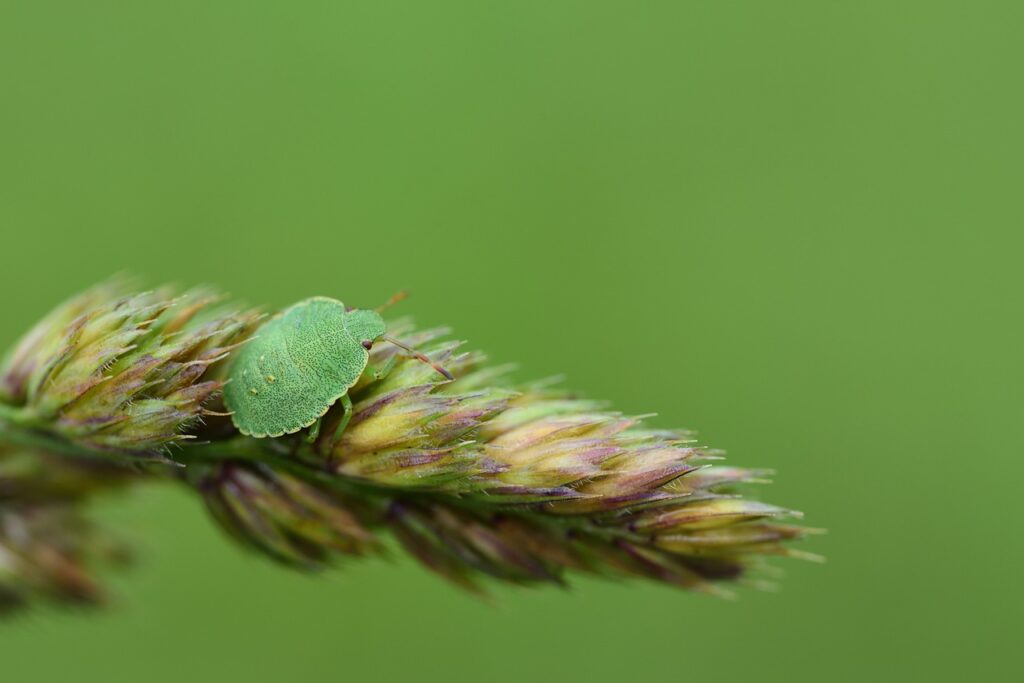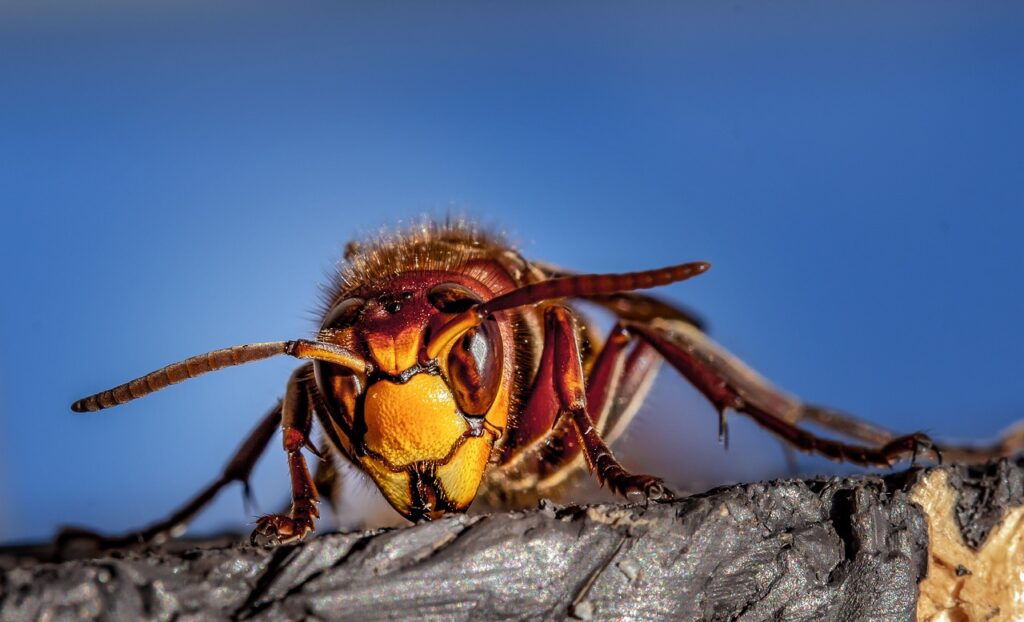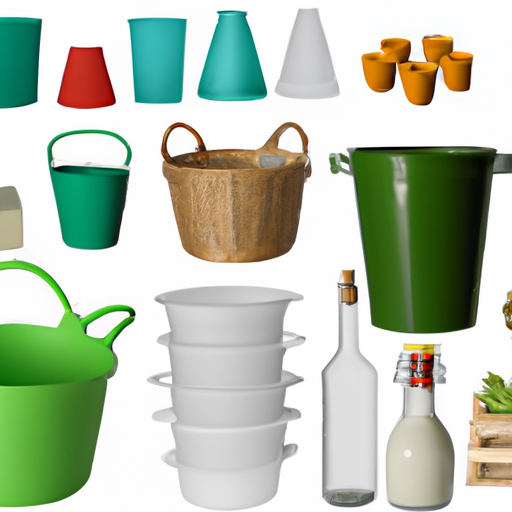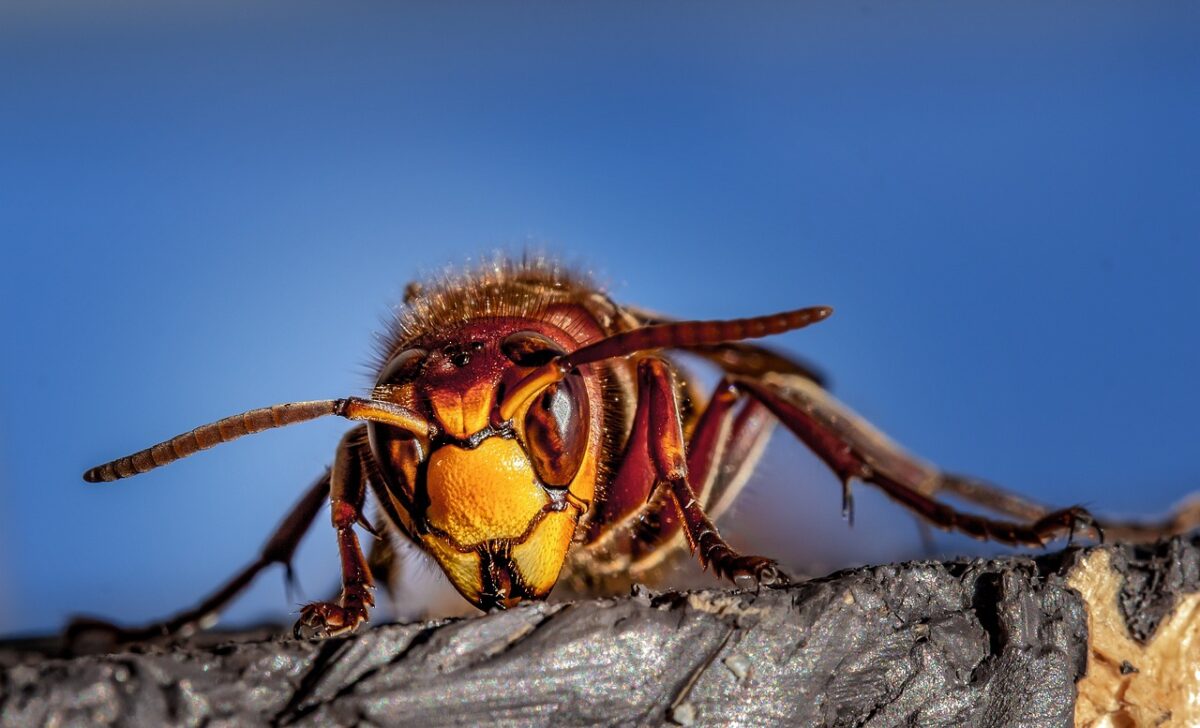Imagine a summer day, sitting outside enjoying the warm weather and a delicious meal. Suddenly, your peaceful ambiance is interrupted by the constant buzzing and pesky presence of flies. We’ve all been there, and it can be incredibly frustrating. But fear not, for we have the ultimate guide to help you choose the best fly traps to banish those bothersome bugs once and for all. With an array of options available, from sticky traps to electric zappers, we’ll walk you through the different types, features, and effectiveness of each, ensuring that you have all the information you need to make an informed decision. Say goodbye to those pesky flies and hello to a fly-free summer!
Types of Fly Traps
When it comes to dealing with pesky flies, there are several different types of fly traps to choose from. Each type utilizes a different mechanism to attract and trap flies, and understanding the differences between them can help you make an informed decision on which one is best for your needs.
Sticky Fly Traps
Sticky fly traps, also known as fly ribbons or fly paper, are a classic and affordable option for trapping flies. These traps consist of a long strip of sticky material that is coated with a substance that attracts flies. When a fly lands on the trap, it becomes stuck and is unable to escape. Sticky fly traps are effective in trapping flies, but they can be unsightly and may need to be replaced frequently.
Electric Fly Traps
Electric fly traps work by attracting flies to a light source and then electrocuting them upon contact. These traps are typically equipped with an ultraviolet (UV) light, which attracts flies. When a fly comes into contact with the metal grid surrounding the light, it completes an electrical circuit and is instantly killed. Electric fly traps are efficient at trapping flies, but they can be more expensive and require access to an electrical outlet.
UV Light Fly Traps
UV light fly traps are similar to electric fly traps in that they attract flies with a UV light source. However, unlike electric fly traps, UV light fly traps do not electrocute the flies. Instead, once the flies are attracted to the light, they are trapped in a container or sticky pad. UV light fly traps are a popular option for indoor use, as they are safe to use around humans and pets.
Baited Fly Traps
Baited fly traps are designed to attract flies using bait or lures that mimic the scent of rotting or decaying matter, which flies find irresistible. Once the flies are lured into the trap, they become trapped and are unable to escape. Baited fly traps can be effective, but they may require regular maintenance to replace the bait and dispose of trapped flies.
Outdoor Fly Traps
Outdoor fly traps are specifically designed to be used in outdoor environments, such as gardens, patios, and picnic areas. These traps are typically larger and more durable than indoor fly traps, as they need to withstand the elements. Outdoor fly traps can utilize different mechanisms, such as sticky surfaces or bait, to attract and trap flies.
Factors to Consider
When choosing a fly trap, there are several important factors that you should consider to ensure that you select the best option for your needs. Here are the key factors to keep in mind:
Budget
Your budget is a significant factor that will influence the type of fly trap you choose. Sticky fly traps and baited fly traps are generally the most budget-friendly options, while electric fly traps and UV light fly traps tend to be more expensive.
Effectiveness
The effectiveness of a fly trap is crucial in determining its ability to catch and eliminate flies. Consider the trapping mechanism used by the trap and whether it has been proven to be effective in trapping flies. Customer reviews and recommendations can provide valuable insights into the effectiveness of different fly traps.
Ease of Use
Choose a fly trap that is easy to set up and use. Consider whether the trap requires any additional accessories or tools, and whether it can be easily placed in the desired location. Some traps may also require regular maintenance, so consider how user-friendly the maintenance process is.
Maintenance
Speaking of maintenance, it’s important to consider the ongoing care required for your chosen fly trap. Some traps may need to be cleaned regularly or have their attractants replaced, while others may require a more hands-off approach. Consider your willingness to regularly maintain the trap before making your final decision.
Safety
Safety is paramount when using any type of pest control product. Ensure that the fly trap you choose is safe to use around children and pets. For example, if you have curious pets, it may be wise to avoid electric fly traps due to the risk of accidental contact with the electrical grid.

Indoor Fly Traps
Indoor spaces are often where flies are most bothersome, so having effective fly traps indoors is essential. Here are the top types of fly traps that are commonly used indoors:
Sticky Fly Traps
Sticky fly traps are a popular choice for indoor use due to their affordability and simplicity. These traps can be hung from the ceiling or placed on windowsills to capture flies. The sticky surface of the trap attracts flies, and once they land on it, they become trapped. Sticky fly traps are discreet and can be easily disposed of when they become full.
Electric Fly Traps
Electric fly traps are effective at attracting and killing flies indoors. These traps use UV light to attract flies, and when they come into contact with the electrified metal grid, they are instantly killed. Electric fly traps may require an electrical outlet, so consider the placement of the trap in relation to available power sources.
UV Light Fly Traps
UV light fly traps are another popular option for indoor use. They attract flies using a UV light source, but instead of electrocuting them, they trap the flies in a container or sticky pad. UV light fly traps are safe to use indoors and provide a non-toxic solution for fly control.
Baited Fly Traps
Baited fly traps use attractants that mimic the scent of rotting or decaying matter to lure flies into the trap. Once inside, the flies become trapped and are unable to escape. Baited fly traps can be effective indoors, but they may require regular maintenance to replace the bait and dispose of trapped flies.
Outdoor Fly Traps
Outdoor spaces can also be plagued by flies, especially during warmer months. Fortunately, there are several effective fly traps designed specifically for outdoor use. Here are some options to consider:
Decoy Fly Traps
Decoy fly traps are designed to mimic natural breeding grounds for flies, such as rotting fruit or animal waste. These traps use visual cues, scents, and bait to attract flies, luring them away from outdoor living spaces. Decoy fly traps are typically weather-resistant and can be placed strategically around your outdoor area.
UV Light Fly Traps
UV light fly traps are also suitable for outdoor use, particularly if you have a covered patio or outdoor dining area. These traps use a UV light source to attract flies, which are then trapped in a container or sticky pad. UV light fly traps are safe to use outdoors and can help reduce fly populations around your outdoor living spaces.
Baited Fly Traps
Baited fly traps that utilize scent-based attractants can also be effective outdoors. These traps should be placed away from areas where people gather to prevent attracting flies towards populated areas. Regular maintenance is crucial to ensure the bait remains effective and that trapped flies are properly disposed of.
Fly Paper
Fly paper, also known as fly ribbons, is a simple yet effective outdoor fly trap. These sticky strips can be hung in areas where flies are problematic, such as near trash cans or outdoor dining areas. Flies are attracted to the adhesive surface of the fly paper and become stuck upon contact. Fly paper is affordable and can be easily disposed of when full.

Budget-Friendly Fly Traps
If you’re looking for a cost-effective solution to your fly problem, there are several budget-friendly options available. Consider the following fly traps:
Sticky Fly Traps
Sticky fly traps are one of the most budget-friendly options available. They are inexpensive to purchase and can be effective at trapping flies. Sticky fly traps are simple to use and can be easily replaced when full. They are particularly suitable for smaller indoor spaces or areas with low to moderate fly populations.
Decoy Fly Traps
Decoy fly traps can also be a budget-friendly option. These traps mimic natural fly breeding grounds and use bait or attractants to lure flies away from your outdoor living spaces. Decoy fly traps are typically designed to be durable and weather-resistant, making them a cost-effective solution for outdoor fly control.
Fly Paper
Fly paper is another economical choice for fly control. These sticky strips can be hung in indoor or outdoor areas where flies are present. Fly paper is affordable and can effectively trap flies, but it may not be the most aesthetically pleasing option. However, if budget is your main concern, fly paper can get the job done without breaking the bank.
Most Effective Fly Traps
When it comes to efficiency in trapping flies, some fly traps are more effective than others. Consider the following options for maximum effectiveness:
Electric Fly Traps
Electric fly traps are highly effective at eliminating flies. The combination of a UV light source and an electrified grid ensures that flies are quickly and efficiently killed upon contact. Electric fly traps can handle larger fly populations and are ideal for high-traffic indoor areas or commercial spaces where flies can be a significant nuisance.
UV Light Fly Traps
UV light fly traps are also highly effective at attracting and trapping flies. While not as lethal as electric fly traps, UV light traps can still capture a significant number of flies. They are safe to use around humans and pets, making them a popular choice for indoor spaces. Regular maintenance, such as cleaning or replacing the trapping container, is necessary to optimize the trap’s effectiveness.
Baited Fly Traps
Baited fly traps can be very effective, especially when set up strategically. The scent-based attractants used in these traps are highly appealing to flies, making them effective at luring them away from living areas. However, to maintain their effectiveness, baited fly traps require regular maintenance and replacement of the bait.

Ease of Use
Choosing a fly trap that is easy to use can save you time and frustration. Consider the following options for hassle-free fly control:
Sticky Fly Traps
Sticky fly traps are incredibly easy to use. They come pre-coated with a sticky substance and can be easily hung from the ceiling or placed on windowsills. Once flies come into contact with the trap, they become stuck and are unable to free themselves. Sticky fly traps are hassle-free and require minimal maintenance, aside from regular replacement when full.
Electric Fly Traps
Electric fly traps are also relatively easy to use, although they may require some initial setup. Once installed, the trap will begin attracting flies to the UV light source. Flies that come into contact with the electrified grid are instantly killed. Electric fly traps may require occasional cleaning to remove dead flies, but they generally offer a hands-off approach to fly control.
UV Light Fly Traps
UV light fly traps are simple to use and require minimal effort. They typically come with a container or sticky pad where trapped flies accumulate. Depending on the design, you may need to periodically empty the container or replace the sticky pad. Overall, UV light fly traps offer a user-friendly solution to fly control, as they require no technical expertise to operate.
Maintenance Requirements
All fly traps require some level of maintenance to ensure their continued effectiveness. Consider the following maintenance requirements when choosing a fly trap:
Sticky Fly Traps
Sticky fly traps require minimal maintenance. However, as flies become trapped on the sticky surface, the trap will eventually become full and need replacement. Depending on the level of fly activity, this could range from a few weeks to a couple of months. Regularly check the trap to ensure it has ample space to catch more flies.
Electric Fly Traps
Electric fly traps require occasional cleaning to remove dead flies. The electrified grid may become clogged with fly debris, affecting the trap’s efficiency. Depending on the level of fly activity, clean the trap as needed to maximize its effectiveness. Follow the manufacturer’s instructions for safe cleaning and maintenance.
UV Light Fly Traps
UV light fly traps typically require regular maintenance to ensure optimal performance. Depending on the design, you may need to replace the trapping container or sticky pad periodically. This ensures that the trap can continue to attract and trap flies effectively. Additionally, cleaning the trap to remove any debris or dead flies is essential for lasting performance.

Safety Considerations
When using fly traps, safety should always be a priority. Consider the following safety considerations when choosing a fly trap:
Sticky Fly Traps
Sticky fly traps are generally safe to use around humans and pets. However, caution should be exercised to ensure that children or animals do not come into contact with the sticky surface. Additionally, when disposing of full traps, take care to keep them out of reach of curious pets or children.
Electric Fly Traps
Electric fly traps should be used with caution as they utilize an electrical current. Ensure that the trap is installed out of reach of children and pets to avoid accidental contact with the electrified grid. Follow the manufacturer’s instructions for safe use and installation.
UV Light Fly Traps
UV light fly traps are considered safe to use around humans and pets. They do not utilize any chemicals or electrical currents, minimizing the risk of harm. However, as with any fly trap, it is still important to keep them out of reach of children and pets to prevent tampering or accidental ingestion.
Baited Fly Traps
Baited fly traps are generally safe to use, although they may contain attractants that can be harmful if ingested. Keep baited fly traps out of reach of children and pets to prevent accidental ingestion of the bait or exposure to trapped flies.
Important Features to Look For
When choosing a fly trap, there are a few key features that you should consider to ensure you get the most effective and suitable option for your needs. Keep the following features in mind:
Coverage Area
Consider the size of the area you need to cover when choosing a fly trap. Some traps are designed to cover large indoor spaces or outdoor areas, while others are more suited for smaller, localized use. Choose a trap that matches the size of the area where flies are most prevalent for optimal trapping efficiency.
Durability
Fly traps that are made of durable materials will last longer and withstand outdoor conditions better. Check that the trap is designed to withstand exposure to sunlight, rain, and other elements if you plan to use it outdoors. For indoor traps, focus on traps made of sturdy materials that can withstand daily use.
Attractant Options
Some fly traps offer different types of bait or attractants that can be used to lure flies. Consider whether the trap you are considering can accommodate alternate attractants or if it comes with its own attractant refills. This can provide flexibility and cater to the specific type of fly population you are dealing with.
By understanding the different types of fly traps available, considering important factors, and evaluating various features, you can make an informed decision when choosing the best fly trap for your needs. Whether you are dealing with flies indoors or outdoors, there is a wide range of options available to help you effectively control these pesky pests and enjoy a fly-free environment.





